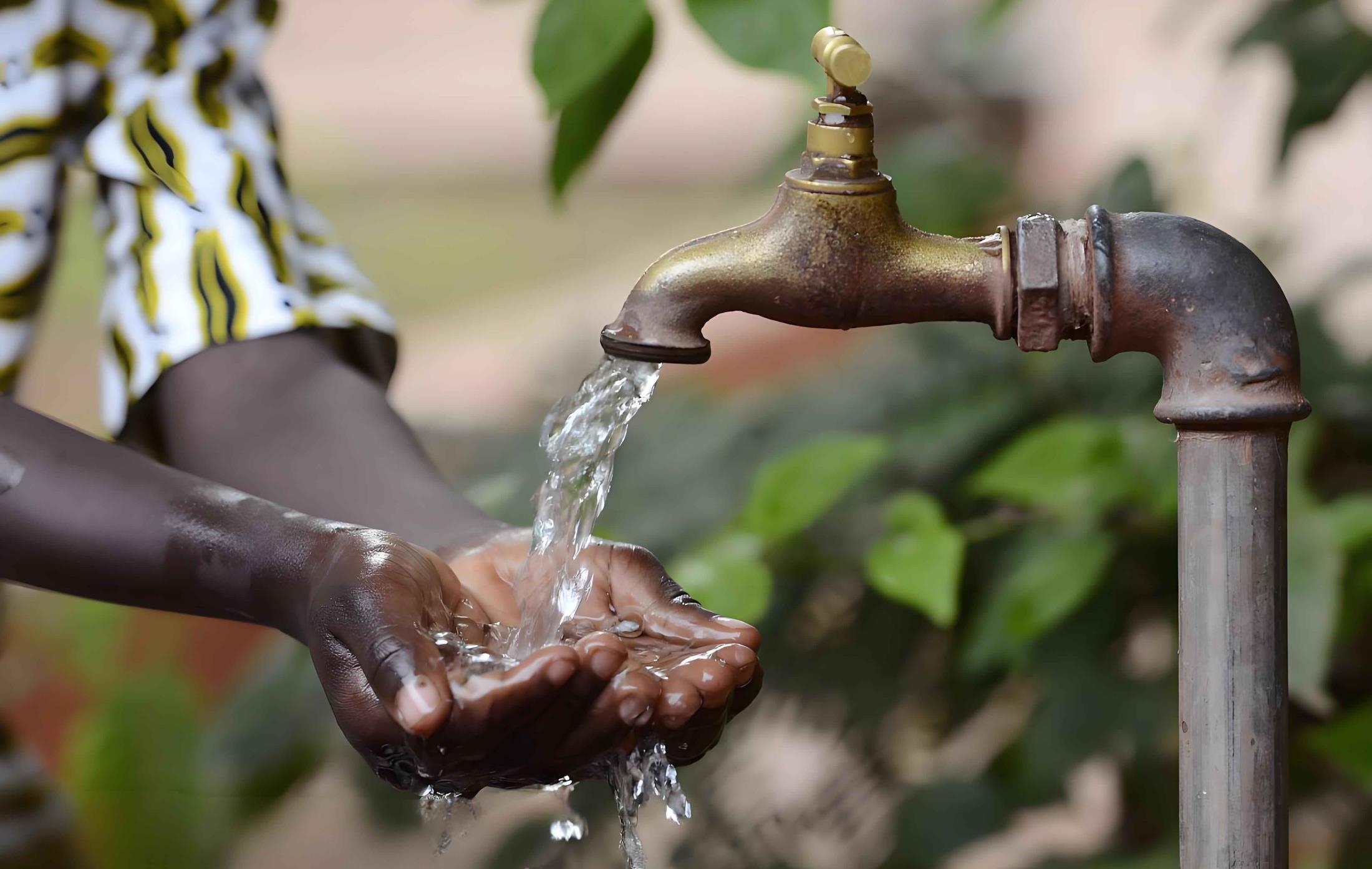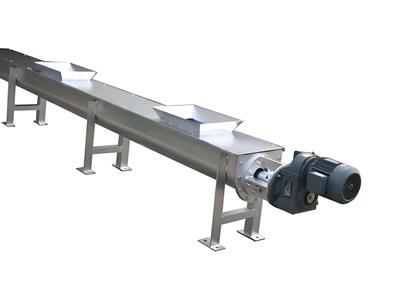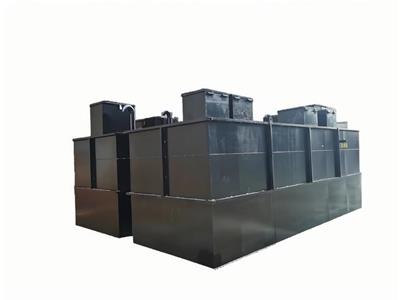- 2025-07-11
Africa
Africa
Despite Africa's abundant freshwater resources, it faces severe water crises. Uneven distribution, poor management, and the impact of climate change exacerbate this issue, leading to water shortages affecting millions of people and related health and economic challenges.
Here are the main issues in detail:
Water resources and their distribution:
Africa boasts abundant freshwater resources, including major rivers such as the Nile, Congo, and Zambezi, as well as large lakes like Lake Victoria.
However, about two-thirds of the African continent is in arid or semi-arid conditions, highlighting the uneven distribution of these resources.
The majority of Africa's water resources are concentrated in a few countries, while many others face severe water shortages.
For example, the Congo Basin, which holds 30% of Africa's water resources, is home to only 10% of the continent's population.
Water scarcity and its impacts:
More than half of the population in sub-Saharan Africa lacks access to safe drinking water.
It is estimated that 160 million people in Africa live in water-scarce environments.
Water scarcity issues particularly affect rural areas, where access to basic water supply services is generally lower than in urban areas.
Climate change has made droughts and floods more frequent, exacerbating water crises and affecting water quality and quantity.
Water scarcity places a burden on women and children, who often spend significant amounts of time and energy fetching water from distant sources, impacting their education and economic opportunities.
Water-borne diseases like cholera are more prevalent in areas with poor sanitation and lack of access to safe drinking water.
Responding to the crisis:
Improving water resource management practices is crucial for addressing distributional imbalances and ensuring fair access to water.
Investment in water infrastructure, including water treatment and distribution systems, is also crucial.
Promoting water conservation and efficient water use is also crucial.
Addressing the impacts of climate change and enhancing resilience to extreme weather events is crucial for ensuring water security.
In addition to water supply initiatives, improving sanitation and personal hygiene is also crucial.
The African Water Initiative Program (AIP) aims to mobilize investment, promote innovative financing, and ensure the water security of Africa.
The water crisis in Africa is a complex and far-reaching issue. Addressing this crisis requires a multi-faceted approach, including improving water resource management, developing infrastructure, enhancing climate resilience, and working to ensure that everyone has access to safe water.
The African water crisis: Imbalance of abundance
Water Resources and Distribution Characteristics
The African continent is home to stunning freshwater resources, with the Nile meandering to nurture ancient civilizations, the Congo River surging with primordial power, the Zambezi River surging with natural might, and Lake Victoria shining like a blue gem embedded in the earth. Yet, this fertile land is scarred by harsh divisions—about two-thirds of its territory is shrouded in the shadow of drought. Deeper contradictions lie in the fact that the Congo Basin, which holds 30% of Africa’s freshwater resources, supports only 10% of its population, while villages on the fringes of the Sahara still await the rains, with cracked clay pots waiting for the season of blessing.
Challenges of Water Shortage
In sub-Saharan regions, more than half of households struggle daily with unsafe water sources. Over 160 million people wake up to thirst, witnessing children lifting murky water buckets with emaciated arms. As extreme weather tears apart natural rhythms, cracked riverbeds and flooding alternate in devastation, with cholera bacteria spreading in water-saturated settlements. For rural women, the journey for water devours the hours from dawn to noon, their hunched backs bearing the weight of water jugs, as well as the burden of uneducated daughters and barren fields.
Path to Breaking the Stalemate: Collaborative Action
To address this complex crisis, efforts must be multi-faceted:
Renewing the Water Lifeline: Cross-border river basin cooperation and community-managed water wells to bring the sound of flowing water to drought-stricken villages
Weaving a Modern Water Network: Modular water purification stations sprouting like oases, with solar-powered pumps delivering sweet well water to cliffside villages
Build a Climate Defense Line: Ethiopia's terraces hold back heavy rains, while underground currents in Mali's dams quietly surge during the dry season
Guard Life and Health: Combining hygiene education with water purification equipment is cutting off the chain of cholera transmission






